Nationality American Name John Twachtman | Role Artist Children Julian Alden Twachtman | |
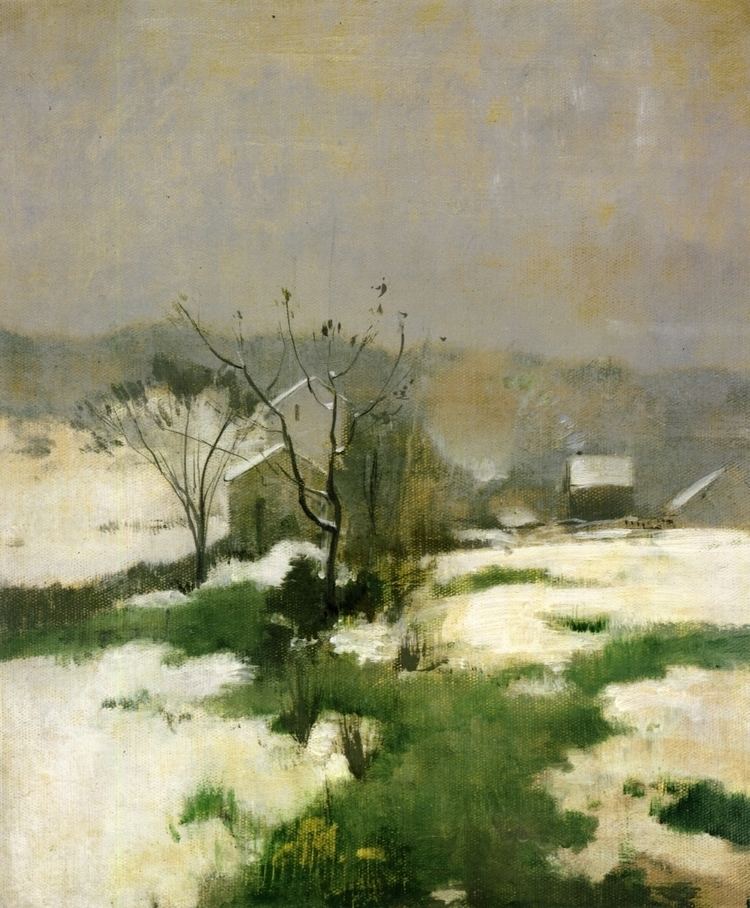 | ||
Born August 4, 1853 ( 1853-08-04 ) Cincinnati, Ohio Artwork Winter Harmony, Hemlock Pool Education Art Academy of Cincinnati, Academie Julian Known for Impressionism, Landscape painting | ||
John Henry Twachtman: A collection of 232 paintings (HD)
The Complete Works of John Henry Twachtman
John Henry Twachtman (August 4, 1853 – August 8, 1902) was an American painter best known for his impressionist landscapes, though his painting style varied widely through his career. Art historians consider Twachtman's style of American Impressionism to be among the more personal and experimental of his generation. He was a member of "The Ten", a loosely allied group of American artists dissatisfied with professional art organizations, who banded together in 1898 to exhibit their works as a stylistically unified group.
Contents
- John Henry Twachtman A collection of 232 paintings HD
- The Complete Works of John Henry Twachtman
- Studies
- References
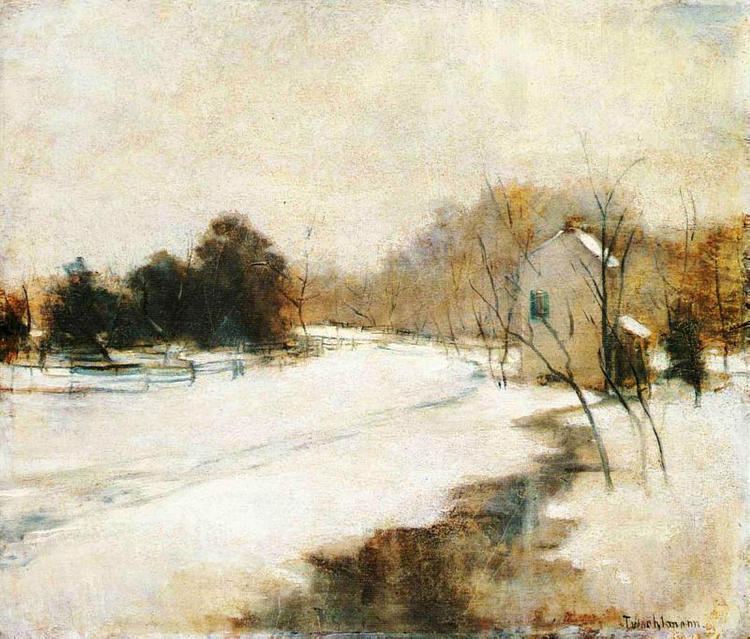
Studies
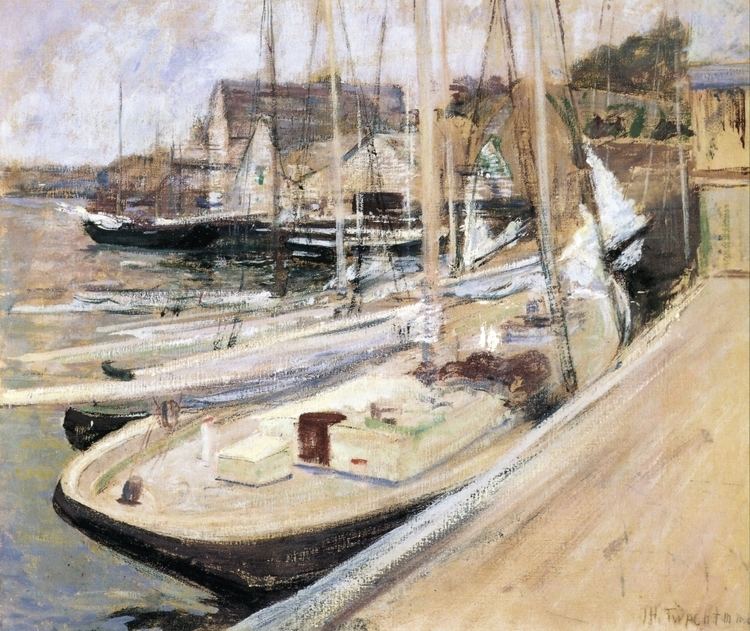
Twachtman was born in Cincinnati, Ohio and received his first art training there under Frank Duveneck. Like most artists of the era, Twachtman then proceeded to Europe to further his education. He studied at the Academy of Fine Arts in Munich from 1875 to 1877, and visited Venice with Duveneck and William Merritt Chase. His landscapes from this time exhibit the loosely brushed, shadowy technique taught at Munich. Twachtman also learned etching, and sometimes carried etching plates with him that he could use to spontaneously record a scene.
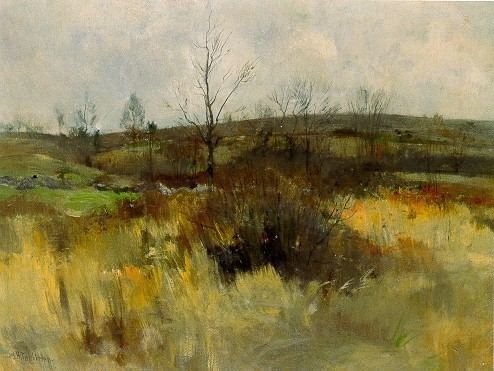
After a brief return to America, Twachtman studied from 1883 to 1885 at the Académie Julian in Paris, and his paintings dramatically shifted towards a soft, gray and green tonalist style. During this time he painted what some art historians consider to be his greatest masterpieces, including Arques-la-Bataille, in the collection of the Metropolitan Museum of Art in New York, and Springtime, in the collection of the Cincinnati Art Museum.
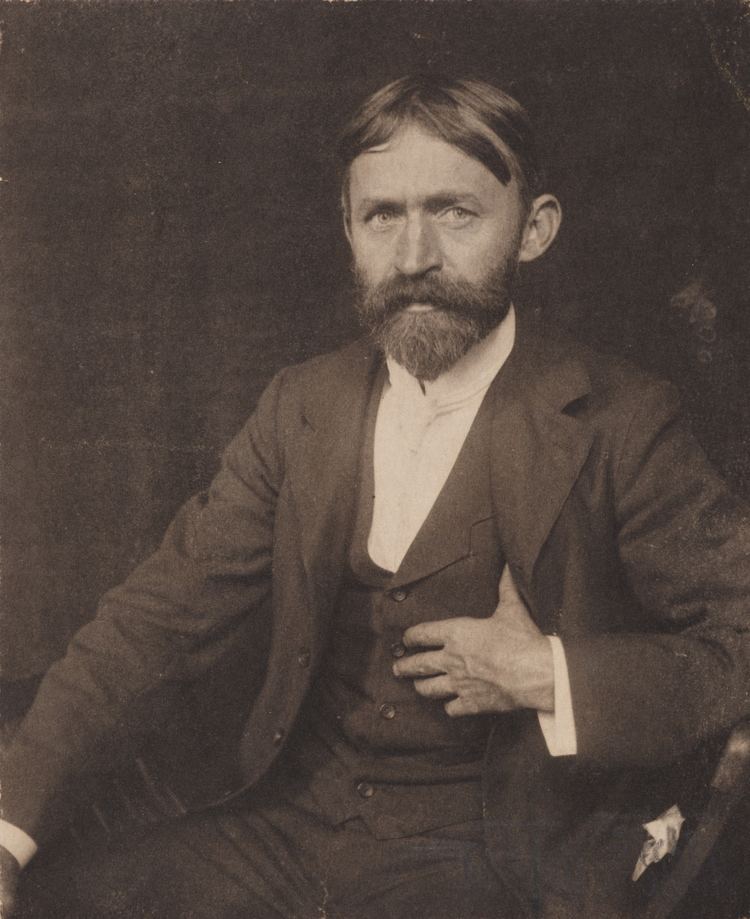
In 1886, he returned to America and settled in Connecticut, eventually buying a farm in Greenwich. He often painted and exhibited with fellow artist Julian Alden Weir, and spent considerable time at the art colony in Cos Cob. His presence was vital to the colony:
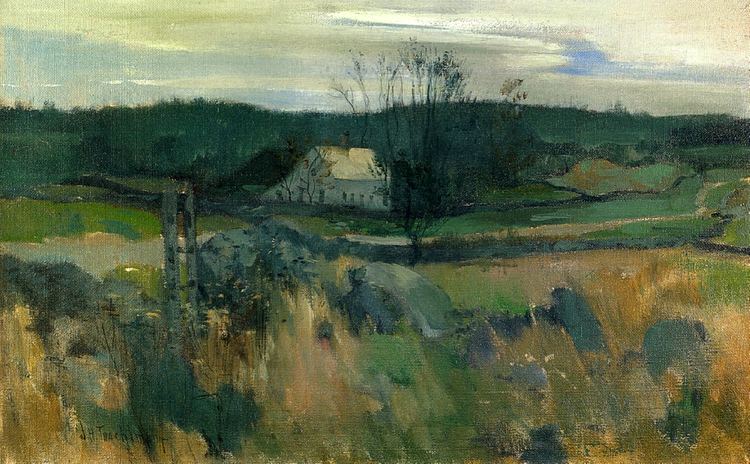
"Twachtman's temperament--by turns gregarious and introspective, restless and serene--was a major factor in preventing the Cos Cob art colony from becoming a backwater of nostalgic complacency. Ironically, his lack of commercial success contributed to his artistic independence, freeing him from the temptation of producing salable pictures according to a proven formula. His art, conversation, and teaching fueled the creative fires of his friends and students in Cos Cob."
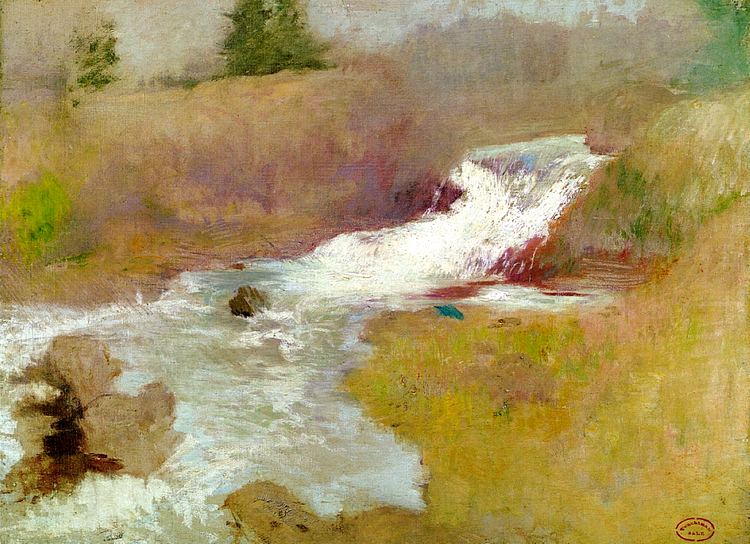
In addition to his oil paintings, Twachtman continued to create etchings as well as drawings in pastel. Twachtman taught painting at the Art Students League from 1889 until his death in 1902. Twachtman was close friends with Julian Alden Weir and the two often painted together and both also had close associations with the Danish-born painter Emil Carlsen. In 1893, Twachtman received a silver medal in painting at the Columbian Exposition; the same year, he also exhibited his work with Claude Monet at a New York gallery.
In Connecticut his painting style shifted again, this time to a highly personal impressionist technique. Twachtman painted many landscapes of his farm and garden in Greenwich, often depicting the snow-covered landscape. He executed dozens of paintings of a small waterfall on his property, capturing the scene in different seasons and times of day. Late in life Twachtman visited Gloucester, Massachusetts, another center of artistic activity in the late 19th century, and produced a series of vibrant scenes that anticipated a more modernist style yet to gain prominence in American art.
Twachtman died suddenly in Gloucester of a brain aneurysm, aged 49. Today, his works are in many museum collections including the Metropolitan Museum of Art, New York; the National Gallery of Art, Washington, D.C.; and the Museum of Fine Arts, Boston. Among his pupils was the painter and pastellist Annie E. A. Walker;. he was also a major influence on painter Louise Zaring, who had worked with him in Indiana early in her career. The painter Ernest Lawson studied with Twachtman at the Art Students League in New York and at the Cos Cob, Connecticut, art colony.
